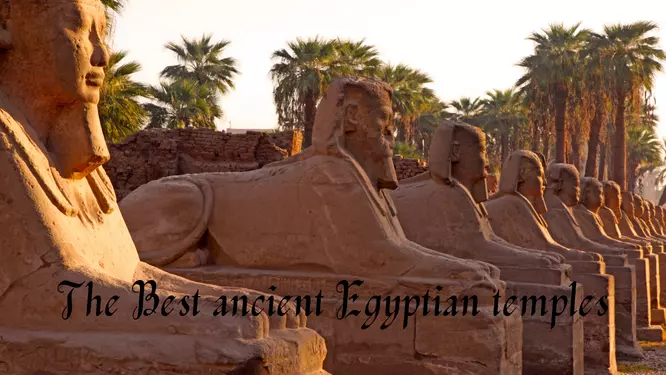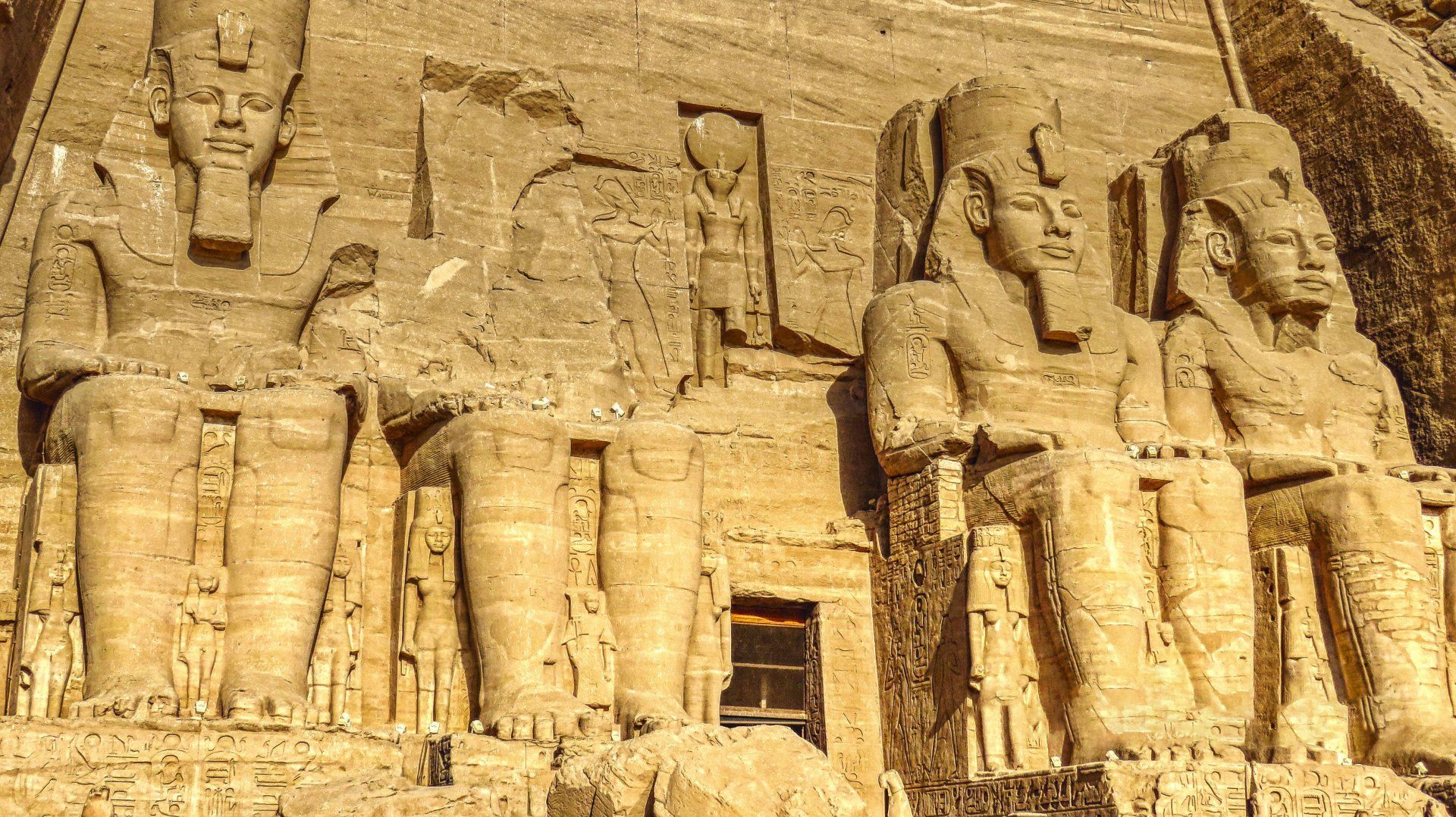New Year In Egypt | Egypt Celebration at New Year
The New Year's festival is the oldest celebration there is. It was first seen in old Babylon around quite a while back. In the years around 2000 BC.
New year in Egypt

The congregation's perspective on new year's festivities
Albeit in the main hundreds of years AD, the Romans kept commending the New Year, the early Catholic Church censured the merriments as agnosticism.
In any case, as Christianity turned out to be more boundless, the early church started having its strict observances simultaneously with a significant number of agnostic festivals, and New Year's Day was the same.
New Year is as yet seen as the Feast of Christ's Circumcision by certain groups. During medieval times, the Church stayed and went against observing New Year. January 1 has been commended as a vacation by Western countries for just about the past 400 years.
Egypt's new year festivities customs
Different customs of the time incorporate the creation of New Year's goals. That custom additionally traces back to the early Babylonians. Well-known present-day goals could incorporate the guarantee to get more fit or stop smoking.
The early Babylonian's most famous goal was to return acquired ranch hardware. The Tournament of Roses Parade traces back to 1886.
In that year, individuals from the Valley Hunt Club enriched their carriages with blossoms. It praised the maturing of the orange harvest in California.
Albeit the Rose Bowl football match-up was first had as an impact of the Tournament of Roses in 1902, it was supplanted by Roman chariot races the next year. In 1916, the football match-up returned as the game's highlight of the celebration.
The practice of utilizing a child to mean the New Year was started in Greece around 600 BC. It was their custom around then to praise their divine force of wine, Dionysus, by strutting a child in a container, addressing the yearly resurrection of that god as the soul of ripeness.
Early Egyptians likewise involved a child as an image of resurrection. Albeit the early Christians impugned the training as agnostic, the ubiquity of the child as an image of resurrection constrained the Church to reevaluate its situation.
The Church at long last permitted its individuals to praise the New Year with a child, which was to represent the introduction of the child Jesus.
The utilization of a picture of a child with a New Years' flag as an emblematic portrayal of the New Year was brought to early America by the Germans. They had utilized the likeness since the fourteenth 100 years.
New Year Luck Tradition
Generally, it was felt that one could influence the karma they would have all through the approaching year by what they did or ate on the primary day of the year. Thus, it has become normal for people to praise an initial couple of moments of a pristine year in the organization of loved ones.
Parties frequently last into the late evening after the ringing in of another year. It was once accepted that the principal guest on New Year's Day would bring either amazing good fortune or misfortune for the remainder of the year. It was especially fortunate assuming that the guest turned out to be a tall, dull-haired man.
Customary New Year food varieties are additionally remembered to bring karma. Many societies accept that anything looking like a ring is best of luck since it represents "ending up back at square one," finishing a year's cycle.
Thus, the Dutch accept that eating doughnuts on New Year's Day will bring favorable luck. Many pieces of the U.S. commend the New Year by consuming dark-looking peas.
These vegetables are normally joined by either hoard cheeks or ham. Dark peered toward peas and different vegetables have been viewed as amazing good fortune in many societies. The hoard, and in this way its meat, is considered fortunate because it represents thriving.
Cabbage is another "best of luck" vegetable that is consumed on New Year's Day by a lot of people. Cabbage leaves are likewise viewed as an indication of success, being illustrative of paper cash. In certain districts, rice is a fortunate food that is eaten on New Year's Day.


















